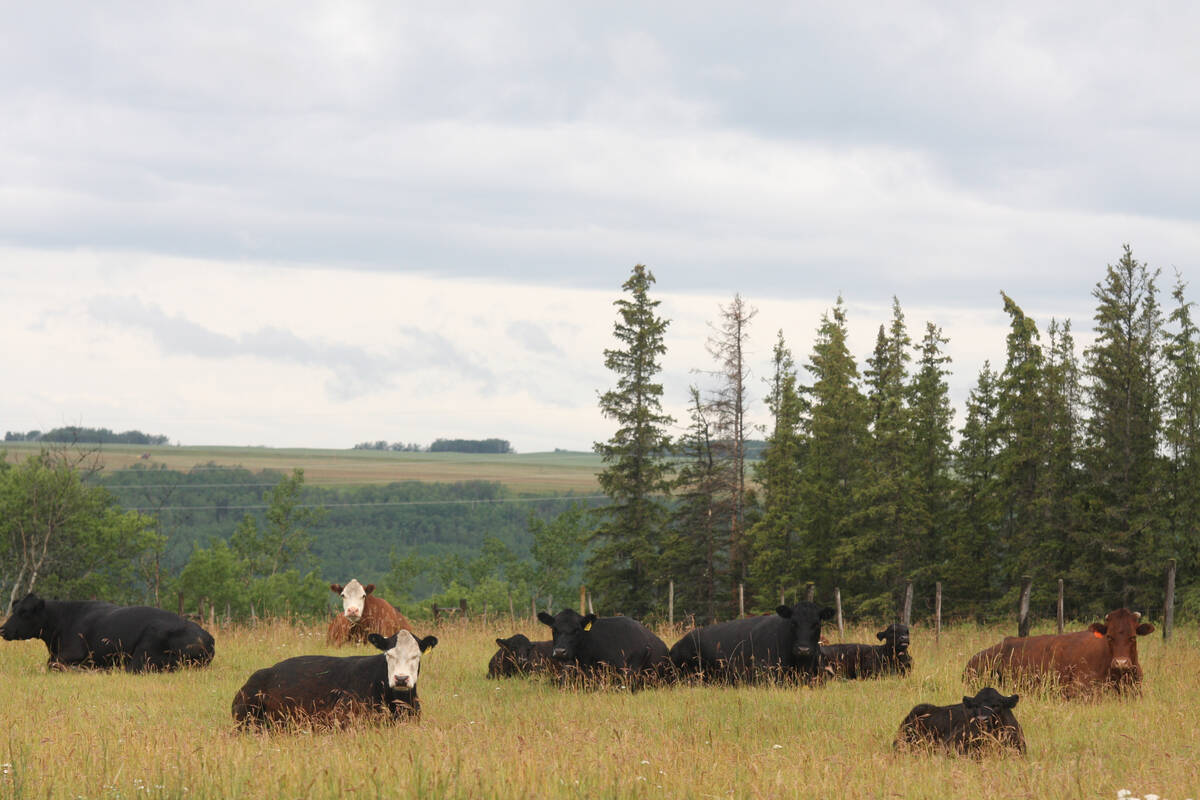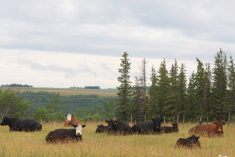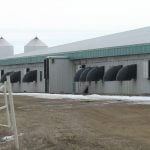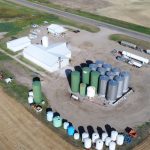By the time our May issue hits your mailbox, the bovine influenza situation may have changed. Hopefully, it will have fizzled out by May, but the birds are still coming north.
So, here’s what we knew as of April 18 about the bovine influenza A outbreak in the U.S.
The disease was first noted in Texas dairy herds in late March, but it wasn’t initially diagnosed as influenza. Genetic sequencing eventually identified the pathogen as highly pathogenic avian influenza virus. Milk production dropped in infected cows, and they had loose manure as well as decreased feed consumption and rumen motility. Some cows produced thicker milk that looked like colostrum. Older cows in mid-lactation were most likely to be affected, but the cows recovered. Generally, symptoms seem to be mild. It is a zoonotic, and one dairy worker contracted it, after being in contact with infected cattle. It sounds like the worker had something like pinkeye.
Read Also

Alberta Beef Producers gives notice of withdrawal to Canadian Cattle Association
Outlines some of the issues Alberta Beef Producers has brought forward as reasons for a potential membership withdrawal, as well as the Canadian Cattle Association’s response
Cats were infected and died, and people noticed dead birds as well. Dr. John Ellis, speaking on the Beef Cattle Health and Nutrition podcast, notes it likely wasn’t spreading between cats, which is a good thing. Instead, cats may have got a high dose from eating infected birds. The dead birds, in this case, were not migratory waterfowl, but grackles and pigeons. As the disease is far less severe in cattle than birds, the American Association of Bovine Practitioners started referring to it as bovine influenza A virus.
The disease has since spread to more states. Although wild birds are the reservoir, it seems the bovine version may also have spread between farms by cattle. There is also some suspicion it spreads by milking equipment on farms.
Ellis explains that there are four “sub-families” of influenza virus — A, B, C and D. The A sub-family includes the most important pathogens for mammals and birds. Within those families, there are several “serotypes.” But there’s a lot of variation within serotypes, which can cause confusion. For example, the Spanish flu was an H1N1 virus, but so are seasonal flus, which are milder. The serotype doesn’t tell you much about virulence, Ellis says.
The current bovine flu is an H5N1 virus, in the “A” sub-family. The World Health Organization states influenza A viruses have been “rarely reported in bovine species.” Influenza D is more commonly found in cattle.
Ellis says there’s a long history of looking for influenza A in cattle. “Whether or not this is really that new or unique is, I think, up for grabs at this point.”
A study published in June 2019 in the National Library of Medicine reviewed research of suspected bovine influenza A cases (Influenza A in Bovine Species: A Narrative Review. doi 10.3390/v110605610). They found cases where influenza A was a likely suspect, with symptoms similar to what we’re seeing now. For example, in 1997, dairy cows in Bristol, U.K., were producing much less milk and were producing antibodies against influenza A. These cows weren’t producing antibodies to other common respiratory diseases. However, no one was able to isolate influenza A virus from infected animals. A lot of the cases in the study were like this — some suggestion that cows had contracted influenza A, a drop in milk production and other symptoms like what we saw in April, but often no concrete proof. But scientists were able to isolate bovine influenza A from time to time.
Researchers also infected beef calves and ponies with influenza A. The calves didn’t shed much virus or show clinical symptoms. Study authors kept referring to bovines as “refractory” to influenza A, meaning they seem to be resistant, so that seems like good news.
Given the mild symptoms in cattle, you might wonder why the nervousness around bovine influenza A. Part of it is because of the unique way flu viruses can mutate. Influenza viruses have segmented genomes, meaning if a host is infected with two different flu viruses at the same time, the viruses can swap genetics, Ellis explains. Historically, that’s the situation that spawns a pandemic virus.
Dr. Nathan Erickson was on the same podcast as Ellis, hosted by Dr. John Campbell. Both Ellis and Erickson agree the flu virus could arrive in Canada, possibly infecting beef cattle, although they don’t see any reason for panic. Erickson says it’s worth considering similarities between production systems, particularly feedlots and dairies. Both are intensively managed, for example.
Cow-calf operations are extensively managed, but the cattle do have contact with wild birds, which is difficult to prevent. Erickson says it’s hard to say how high the risk might be from watering from sloughs, for example.
Infected dairies will have to think about what to do with infected raw milk. It doesn’t seem prudent to dump it into a lagoon, as it might infect wildlife. On the cow-calf side, feeding raw milk from another herd to bottle calves is ill-advised (there are other disease issues as well). If you have cats and dairy cattle, you may not want to feed them raw milk, either. Think about quarantining new animals or any that have been off-farm. Think about hand washing and other hygiene for people handling animals, too. Monitor livestock and wild birds and call the vet if anything seems suspect.
I’m not a farmer, but if I had different types of livestock, I would be thinking about where the flu virus could hitch a ride between species.
Ellis says, based on what’s happened in the past, this flu is unlikely to take off in cattle. But the “critical factor” will be the virus’s adaptability, he says.
“In other words, is there going to be a genetic change in that avian flu virus isolate that allows it to better replicate in cattle? The thing to watch for is the hard evidence of spread in the new species.”
















